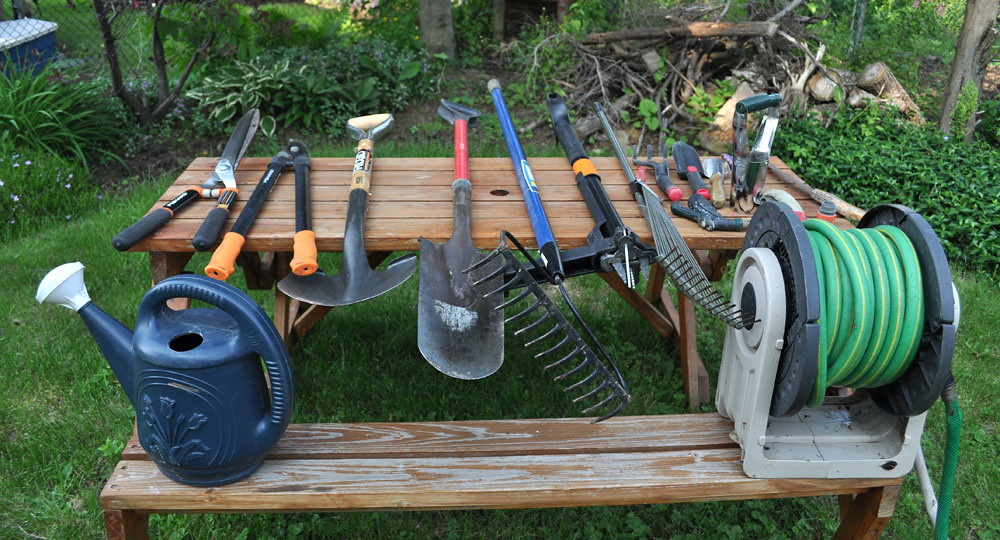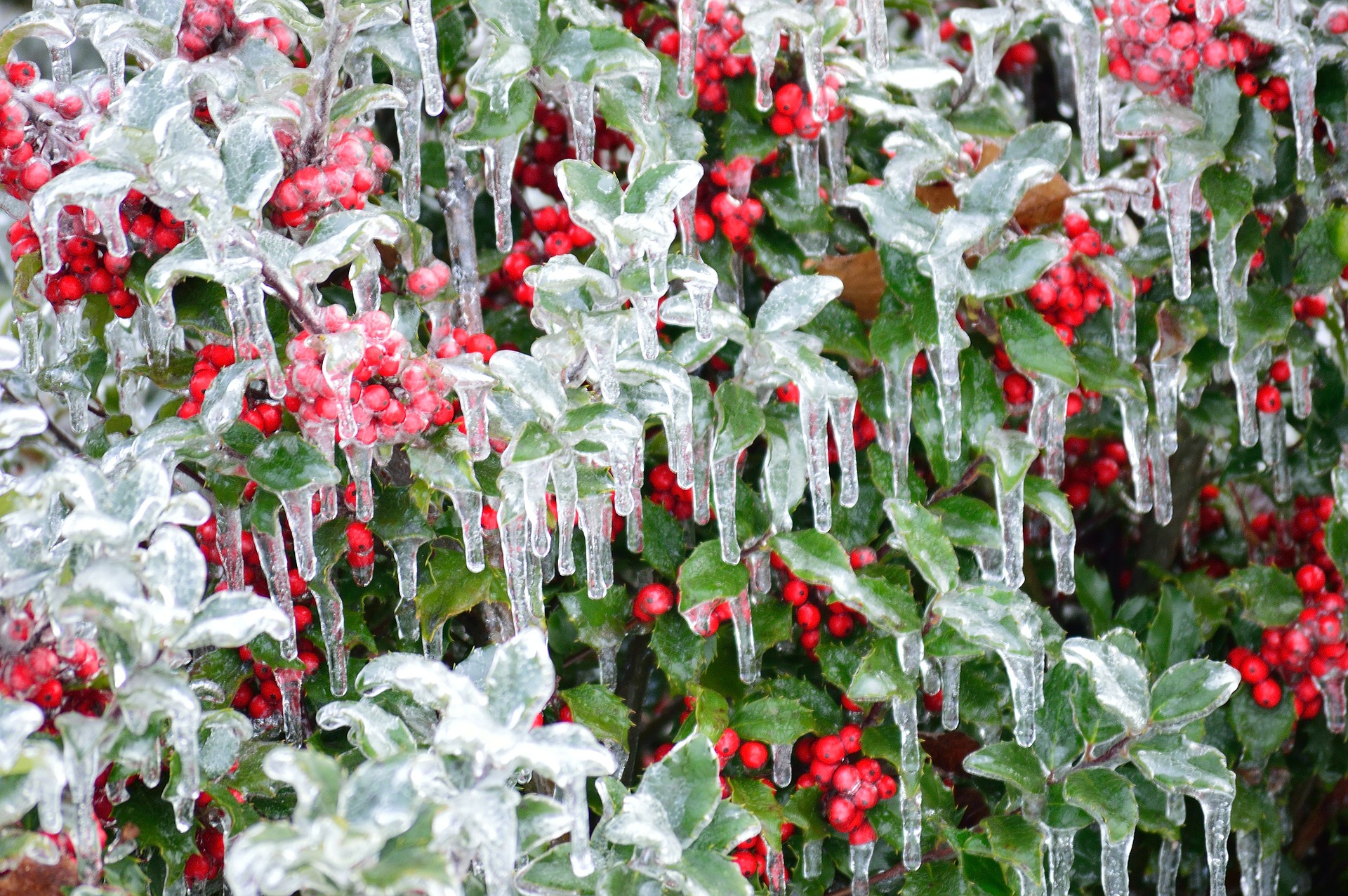With the temperatures staying so warm this fall — 70 degrees on December 2nd here — I’ve postponed some of my usual end of season yard tasks.With the weather so consistently warm, I was afraid that I would do more harm than good by following my usual routine. To be on the safe side, I’ve checked with the experts at Embassy Landscape Group for their late season recommendations.
Lawns
If your lawn, like mine, has continued to grow in this extended warm weather, continue to mow as needed. If your mower has a mulching function, be sure and use it. Finely chopped leaves will decompose, enriching the soil without smothering the grass.
According the the Embassy staff, it isn’t too late to fertilize with a nitrogen rich fertilizer. It is also important to give the lawn ample water going into winter. A lawn that is already stressed from lack of water is likely to suffer damage during a cold winter.
Established Trees and Shrubs

A few preventative steps will help keep established trees and shrubs strong and healthy through the winter.
Unless your trees and shrubs show signs of weakness such as an unusually slow growth rate not tied to environmental conditions, yellowing of the foliage during the growing season or insect and disease damage, they probably don’t need annual fertilization. For verification, a simple soil test can indicate which nutrients, if any, are lacking. Soil testing is usually available through extension services, private companies and some garden centers for a nominal fee. Professional maintenance also may provide the service for a reasonable fee.
Late fall and early winter are optimal times to lightly prune deciduous trees. Since their leaves have dropped, it is easier to evaluate and improve their overall shape, to remove broken or diseased branches that could cause future problems and to promote a flush of new growth in the spring. Light pruning can be easily done by the homeowner, but more complex pruning is better undertaken by certified aborists. The Arbor Day Foundation has an excellent online guide for pruning deciduous trees.
Just like lawns, both trees and shrubs need adequate watering going into winter. Hydration is important for plant health and hardiness.
Tender Evergreens
Ice and winter burn from northern and western winds can be damaging to tender evergreens. Anti-desiccant sprays can help. Spray on the foliage immediately after the first hard frost. The spray will dry and form a film on the foliage that helps blocks moisture loss from transpiration.
Mulch
Mulching is one of the most misunderstood fall tasks. Although it does protect trees, shrubs and perennials, improperly applied mulch can actually cause damage. Mulch should be applied to a depth of 3 to 4 inches, but should not touch the bark of trees or cover plants in beds. Mature trees do not require mulch, although young, newly planted trees do. During the cold winter months, mulch helps keeps the ground frozen which helps prevent the ground from heaving if temperatures rise. Mulching after the ground has frozen has an added benefit of helping to keep harmful insects and rodents away.
Perennial Beds
As appreciation for native plants and a sustainable landscape has increased, the amount of work needed in perennial beds each fall has decreased. Rather than cutting back flower heads and stems, leave them for winter interest and food for birds. Leaving the stems of more tender perennials helps to protect their crowns, cutting the winter mortality rate. Leaving stems also marks where late emerging plants are located, reducing the chance of inadvertently digging them up in the spring. The staff at Embassy advises that it is important to remove the foliage of any plant that showed signs of disease during the growing season. Leaving diseased foliage can spread the disease to healthy plants later.
Annual beds
Annual flower beds can provide brilliant color all summer.
Annual beds should be cleaned of the spongy foliage that remains after a hard frost has killed the plants. Finely chopped leaves or compost that are free of disease or insects can be spread over the top and lightly turned under to decompose and to add nutrients to the bed over the winter.
Decorative pots
Both clay and ceramic pots can crack or even crumble from the expansion and contraction of freezing and thawing water. Empty the pots, let them dry out completely, place them in heavy duty garbage bags and then turn them upside down to store until spring. They can be double bagged for extra protection. If there are too many pots to store individually, cover the entire group with waterproof tarps.
Garden Tools

Inventory and clean tools before storing them over winter.
Another important task to complete as winter approaches is to collect all of the garden tools and thoroughly clean them. After removing dirt and residues, work lubricating oil into wooden handles to strengthen the wood and on metal faces to prevent rust. Sharpen blades and repair or replace broken or damaged tools. Disconnect and drain hoses to prevent water from freezing inside the hoses and splitting them. Once the hoses are drained, coil them and store in a protected location. Make sure outdoor s[spigots are completely shut off too.
Final Tasks
When the end of the season tasks are finally completed and the yard is readied for its long winter nap, then it is time to sit back, relax and start dreaming about next spring!





